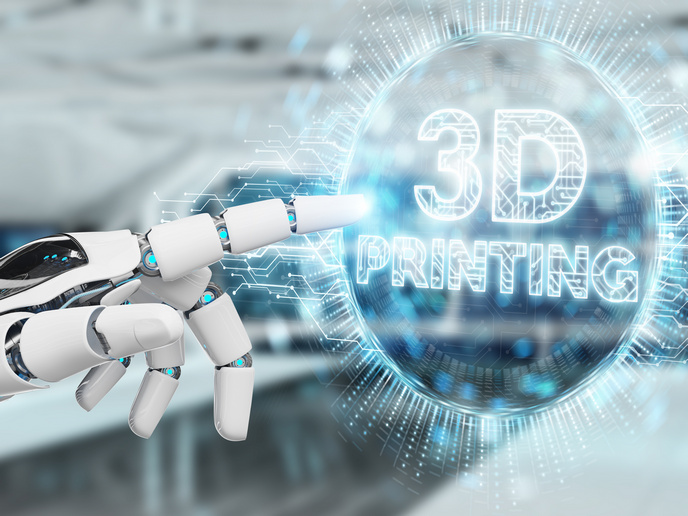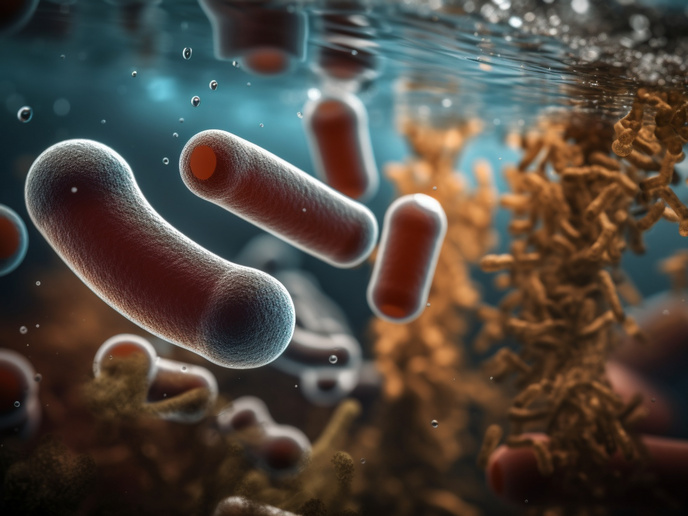Exploiting nanotechnology to spot the right smell
Coupling biomolecules to non-biological electronic transducers, molecular bioelectronic systems could one day support a wide variety of applications, amongst which are biosensors. Aiming to achieve the performance of natural olfactory biosensors, such a nanobiosensor array has been developed within the European project SPOT-NOSED, which exploits the electrical properties of single olfactory receptors. When an odour molecule binds to the olfactory receptor, the induced conformational change and modifications to the impedancemetric properties of the protein can be recorded by means of nano-electrodes. To develop a bioelectronic nose capable of identifying a wide range of odours, immobilised biological sensitive material was integrated with transducers, converting biological signals into quantitatively measurable electrical signals. More specifically, the nanobiosensor array integrates a set of elementary nanotransducers, each of which consists of noble metal nano-electrodes with a single olfactory receptor in between. Noble metal substrates of platinum (Pt), gold (Au) and silver (Ag) were chosen as the most suitable, since they are relatively easy to functionalise. The nano-electrode devices were fabricated at the Centro National de Microelectrónica (CNM) in Barcelona, using standard microelectronic processes such as nanolithography and electron beam lithography. Both individual nano-electrodes and nano-electrode arrays were fabricated with a diameter ranging from about 1 micron to less than 500nm. The electrochemical cell for localised impedance measurements was a three-electrode cell with a volume of 5ml, of which the counter-electrode was made of a platinum plate. The polarisation of the working silver electrode was fixed against a saturated calomel reference electrode (SCE). Extensive laboratory tests have showed that this novel olfactory nanobiosensor will respond to a few odour molecules with a high degree of accuracy that surpassed even researchers' initial expectations. The SPOT-NOSED project partners are planning to continue their research and develop suitable electronic instrumentation that could be adapted to an atomic force microscope for performing measurements at the nanoscale level.







